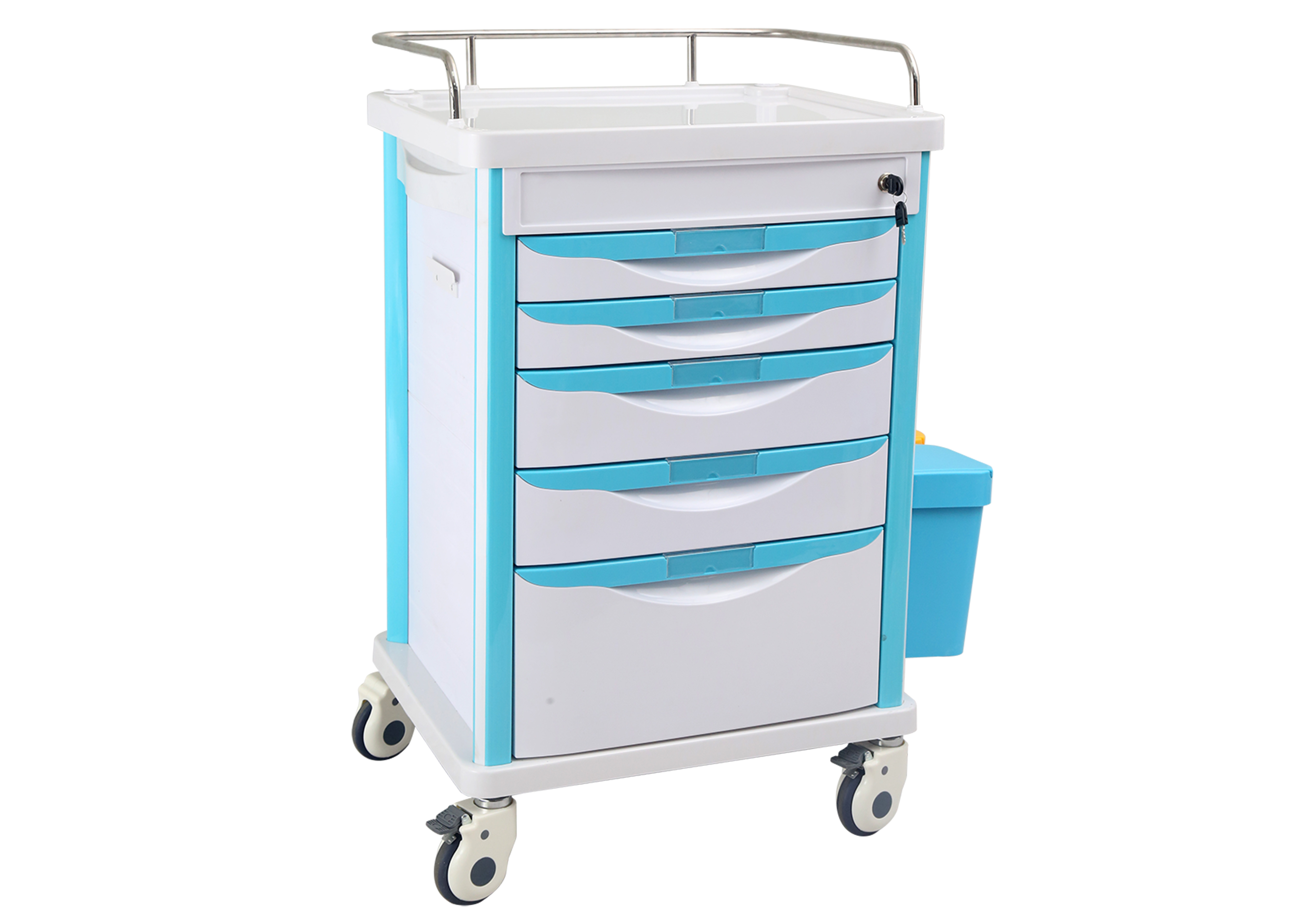Welcome to our websites!
Exploring the Benefits of Powered Wheelchairs for Enhanced Mobility and Independence
The Rise of Power Wheelchairs Enhancing Mobility and Independence
In recent years, the development of power wheelchairs has revolutionized mobility solutions for individuals with disabilities. Unlike traditional manual wheelchairs, power wheelchairs are equipped with electric motors that provide users with greater independence and ease of movement. This innovation is not just about mobility; it represents a significant shift towards inclusivity and empowerment for those who rely on these devices for their daily activities.
One of the fundamental advantages of power wheelchairs is the enhanced mobility they offer. For many users, manual wheelchairs can be physically taxing, requiring significant upper body strength and endurance to maneuver. Power wheelchairs, on the other hand, eliminate the need for such exertion, allowing users to travel longer distances with minimal effort. This is particularly beneficial for individuals with limited strength or endurance due to medical conditions such as muscular dystrophy, multiple sclerosis, or spinal cord injuries.
Moreover, power wheelchairs are designed with advanced technologies that cater to various user needs. Many modern power wheelchairs come equipped with features such as adjustable seating, tilt, and recline options, providing users with the ability to customize their seating position for comfort and health. Some models can even be controlled through joystick operation, sip-and-puff systems, or head switches, making them accessible for individuals with varying levels of mobility and control. This level of customization not only improves user comfort but also enhances their overall quality of life.
power wheelchair

The benefits of power wheelchairs extend beyond mere mobility. They offer a greater sense of independence. Many users can navigate their homes and communities without assistance, enabling them to participate more fully in social activities, recreational outings, and everyday tasks. This newfound independence can lead to increased confidence and improved mental health. Users often report feeling more empowered and less reliant on caregivers, which contributes positively to their overall well-being.
Power wheelchairs also promote inclusivity by making public spaces and environments more accessible. Many models are designed to be compact and maneuverable, allowing users to navigate tight spaces, whether in their homes or in crowded public areas. Additionally, advocacy for improved accessibility standards in public transportation, buildings, and facilities has made it easier for power wheelchair users to enjoy their surroundings and fully engage in society.
However, despite the numerous advantages power wheelchairs offer, challenges remain. The cost of these advanced mobility devices can be prohibitive, and not all insurance plans cover them adequately. As a result, many individuals who would benefit from power wheelchairs are left without access to these essential tools for independence. Furthermore, there is a need for ongoing education and training for users to ensure they can operate their power wheelchairs safely and effectively.
In conclusion, power wheelchairs are a transformative advancement in the realm of mobility for individuals with disabilities. They enhance independence, provide a greater sense of belonging in society, and improve overall quality of life. As technology continues to evolve, we can expect further innovations that will make power wheelchairs even more accessible and functional for users. It is crucial for society to support and promote initiatives that reduce costs and improve accessibility, ensuring that everyone, regardless of their physical limitations, has the opportunity to lead an active and fulfilling life. By breaking down barriers and enhancing mobility, power wheelchairs are not just devices; they are instruments of empowerment and change.
-
Transforming Healthcare with Hospital FurnitureNewsJun.24,2025
-
Rehabilitation EquipmentNewsJun.24,2025
-
Mobility and Independence with WheelchairsNewsJun.24,2025
-
Freedom of Mobility with Our Rollator WalkersNewsJun.24,2025
-
Comfort and Independence with Commode ChairsNewsJun.24,2025
-
Bathing Safety and Independence with Shower ChairsNewsJun.24,2025
-
Navigating the Wholesale Landscape of Electric Mobility Solutions: Key Considerations for Power Wheelchair DealersNewsJun.10,2025











